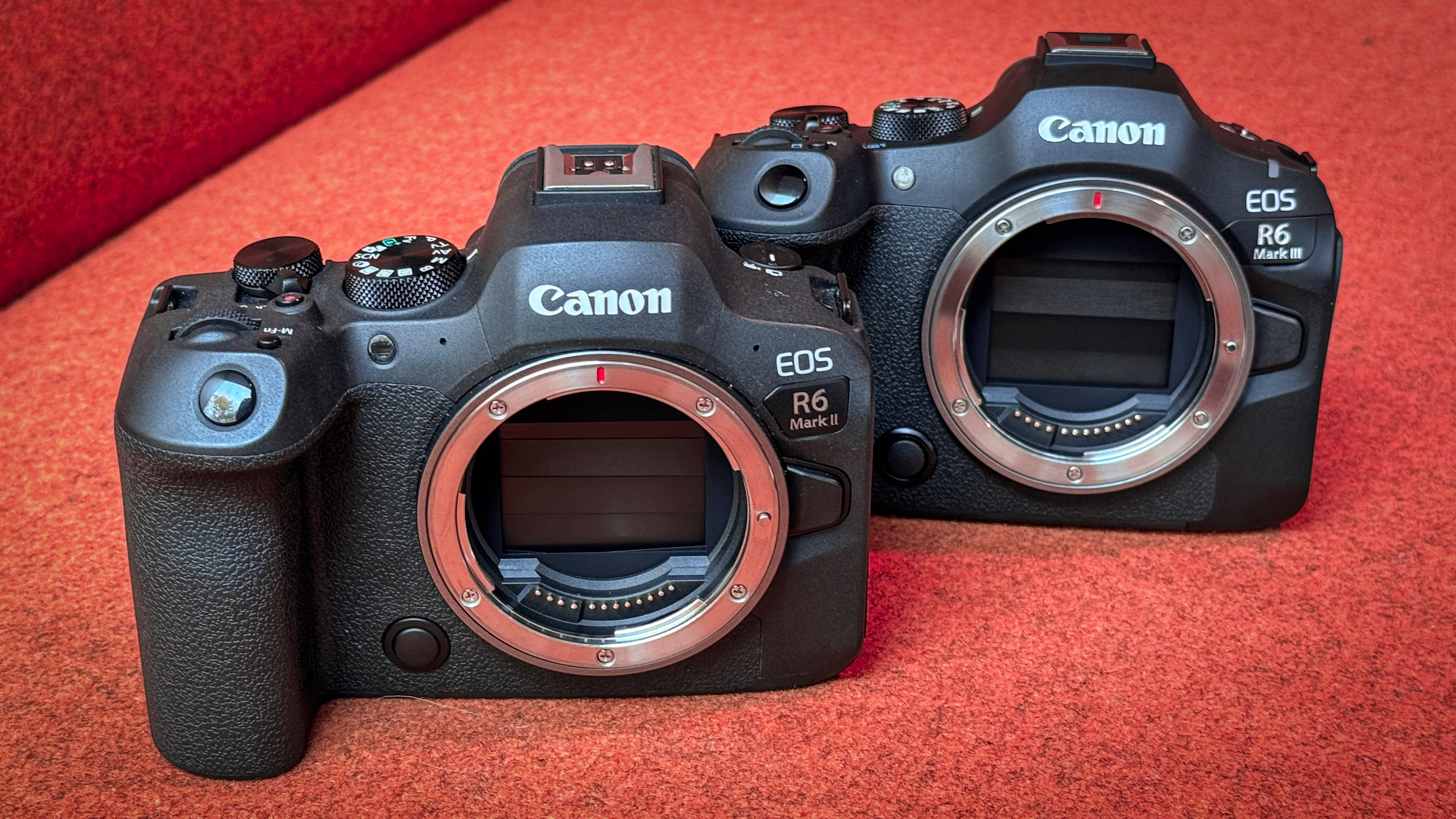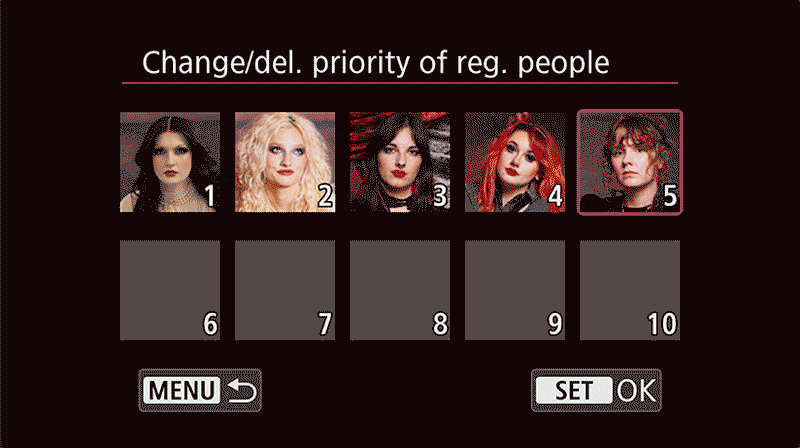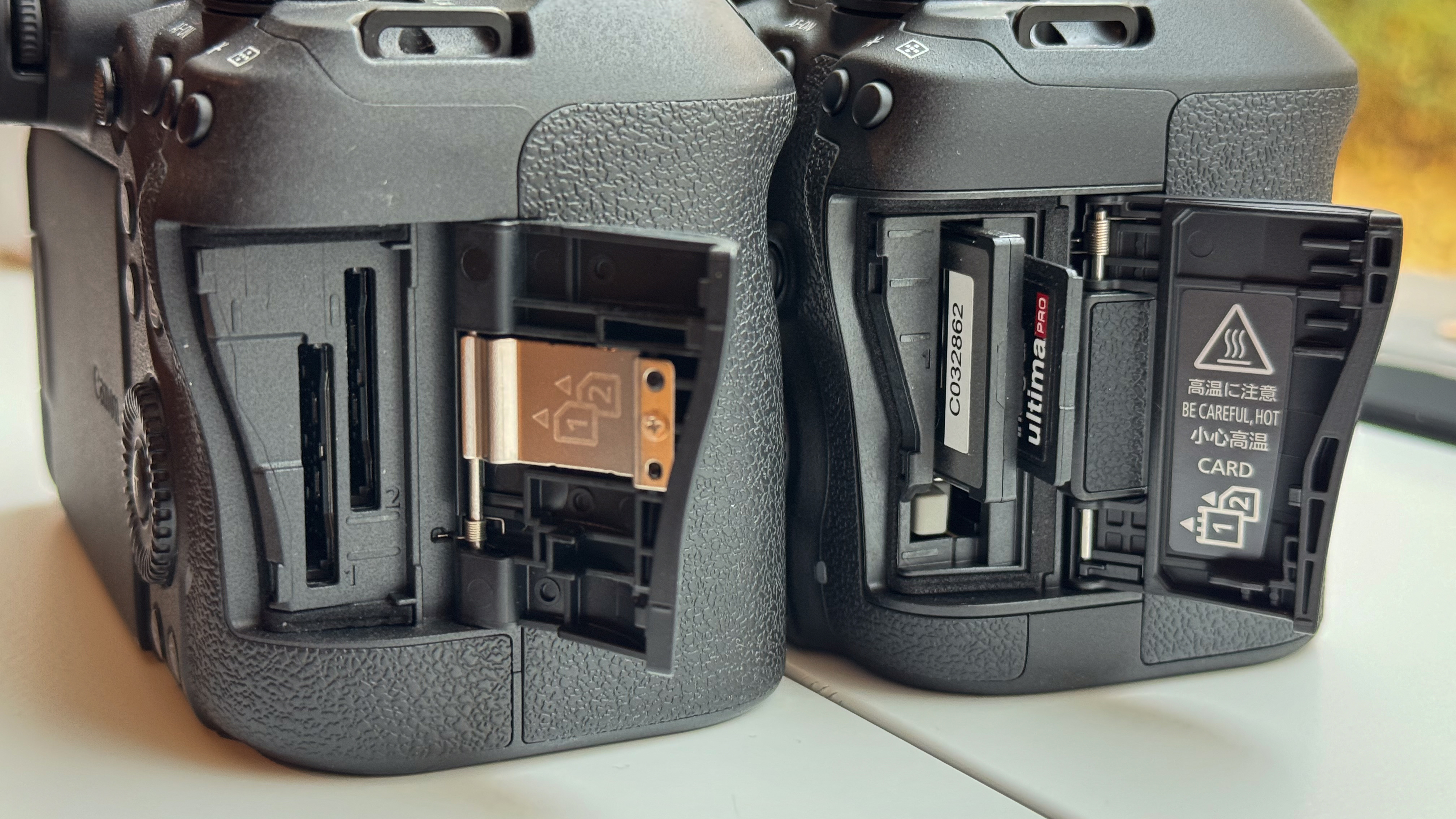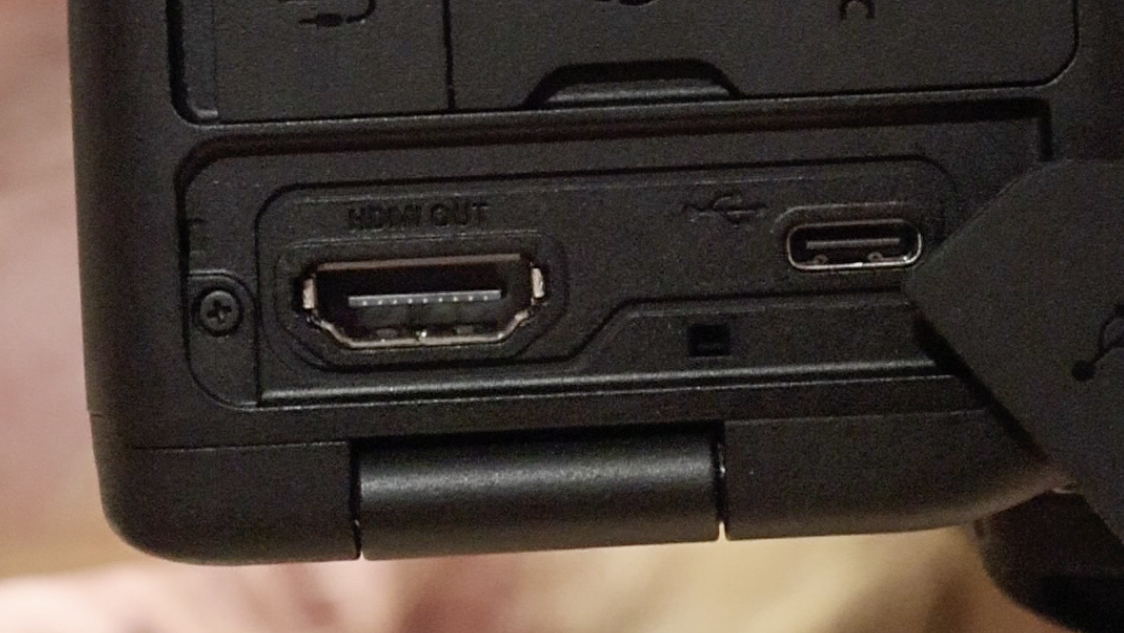Canon EOS R6 Mark II vs R6 Mark III: What's the difference?
6 key differences between the Canon EOS R6 Mark II and R6 Mark III – are they enough to justify the upgrade?

It's fair to say that the Canon EOS R6 Mark III has made big waves – I'd go as far as saying it's the best hybrid camera on the market. But what exactly is new? This Canon EOS R6 Mark II vs R6 Mark III comparison will help you see, at a glance, how the siblings differ.
Whether you're an R6 Mark II owner trying to decide if you need to upgrade, or you're switching to the EOS R system and wondering which camera to go for, I've broken down the 6 key differences between the R6 Mark II and R6 Mark III.
You can't really go wrong either way, as they're both great cameras, but see what separates them and decide for yourself which is right for you.
Canon EOS R6 Mark II vs R6 Mark III: At a glance
| Row 0 - Cell 0 | Canon EOS R6 Mark II | Canon EOS R6 Mark III |
Launched | November 2022 | November 2025 |
Sensor | 24.4MP Full frame | 32.5MP Full frame |
Lens mount | Canon RF / RF-S | Canon RF / RF-S |
Autofocus | Dual Pixel CMOS AF II • Stills: 4,897 points, Movies: 4,067 points | Dual Pixel CMOS AF II • Stills: 6,097 points, Movies: 4,641 points |
Recognised subjects | Human (eyes, face, head, body), animal (dogs, cats, birds, horses), Vehicle (cars, motorcycles, aircraft, trains) | Human (eyes, face, head, body), animal (dogs, cats, birds, horses), Vehicle (cars, motorcycles, aircraft, trains) |
In-body image stabilization | Up to 8 stops | Up to 8.5 stops |
ISO range | 100 - 25,600 (exp 204,800) | 100 - 64,000 (exp 50 - 102,400) |
Maximum burst | 12fps mechanical shutter (1000+ JPEG or 110 RAW via SD) 40fps electronic shutter (190 JPEG or 75 RAW) RAW Burst 30fps with 0.3 or 0.5 seconds pre record | 12 fps mechanical shutter (1000+ JPEG / RAW via CFexpress; 1000+ JPEG or 400 RAW via SD) 40fps electronic shutter (330 JPEG or 150 RAW via CFexpress; 330 JPEG or 140 RAW via SD) Pre-continuous shooting from 20 shots before the shutter button is fully pressed. |
Max video resolution | 6K 60p RAW (external), 4K 60p (oversampled), FullHD 180p Canon Log 3 | 7K 60p RAW (internal), 7K 30p open gate, 4K 60p (oversampled), FullHD 180p Canon Log 2, Canon Log 3, PQ, HLG, BT.709 |
Viewfinder | 0.5-inch, 3.69 million-dot OLED, up to 120fps refresh | 0.5-inch, 3.69 million-dot OLED, up to 120fps refresh |
Rear screen | 3.0-inch, 1.62 million dots | 3.0-inch, 1.6 million dots |
Memory | 2x SD UHS-II | 1x CFexpress Type B, 1x SD UHS-II |
Connectivity | WiFi, Bluetooth, USB-C, micro HDMI, headphone jack microphone jack, E3 (remote) terminal, Multi-Function shoe | WiFi, Bluetooth, USB-C, HDMI, headphone jack, microphone jack, E3 (remote) terminal, Multi-Function shoe |
Battery | LP-E6NH • 760 shots with LCD, 450 shots with EVF | LP-E6P • 620 shots with LCD, 390 shots with EVF |
Dimensions | 138.4 x 98.4 x 88.4mm | 138.4 x 98.4 x 88.4mm |
Weight | 588g body only (670g with card and battery) | 609g body only (699g with card and battery) |
Canon EOS R6 Mark II vs R6 Mark III: Sensor
This is the biggest single difference, because it has implications for so many areas of performance: the R6 Mark III has a brand new 32.5MP full frame image sensor (which it shares with the Canon EOS C50).
This is a 33% increase in resolution over the Mark II's 24.2MP sensor, which obviously gives you larger files with greater detail (and more room for cropping, if you need to) – and if you print out your photos, this will obviously be music to your ears. The pixel boost carries over to video, too, which I'll cover in the next section.
Beyond resolution, though, the new sensor also has a greater sensitivity ceiling; the R6 Mark III tops out at ISO64,000, compared to the ISO25,600 of the R6 Mark II. (In case you were wondering, while Mark III shares the same sensor as the EOS C50, only the cinema camera has dual base ISO – the single, native base ISO in the R6 Mark III is ISO100.)
Canon EOS R6 Mark II vs R6 Mark III: Video
With the newer camera having a higher resolution sensor, it can record higher resolution video. While The R6 Mark II can capture 6K 60p, it can only do so by recording to an external Atomos device; internally, it can only record up to 4K 60p HQ (oversampled from 6K). The R6 Mark III, meanwhile, can capture up to 7K 60p internally, with no need for external recording.
On top of that, it is also capable of 7K 30p open gate video – enabling it to record the entire sensor area, rather than the default 16:9 area, giving you larger and taller files for more versatile post production (such as cropping to 9:16 vertical video). And its 4K 60p HQ is oversampled from 7K. Both cameras capture FullHD (1080p) video at up 180p for super slow-motion.
Both cameras can record in log, but the R6 Mark II is limited to Canon Log 3 while the Mark III also offers Canon Log 2 (as well as other options such as BT.709). The newer camera also offers false color and waveform monitoring.
Canon EOS R6 Mark II vs R6 Mark III: Autofocus
Both cameras employ Canon's Dual Pixel CMOS AF II autofocus system, and they feature the same subject detection algorithms for humans (eyes, face, head, body), animals (dogs, cats, birds and horses) and vehicles (cars, motorbikes, aircraft and trains).
The newer camera, however, is more sophisticated, with a total of 6,097 focus points (4,641 for video) compared to 4,897 points (4,067 for video) in the Mark II. This increased accuracy, combined with refinements to the algorithm, makes the AF noticeably "stickier" when it comes to tracking subjects – particularly birds in flight.
In addition, the Mark III inherits Registered People Priority mode from Canon's professional cameras. This enables you to program in up to ten faces, in order of priority, so the camera knows who to focus on during group shots.
Canon EOS R6 Mark II vs R6 Mark III: Stabilization
Both cameras possess in-body image stabilization (IBIS), which stabilizes the image sensor during motion to compensate for camera shake – something that is useful for stills (especially when using longer lenses, shooting in low light conditions and using slower shutter speeds) as well as video (facilitating stable shots when shooting handheld without a gimbal).
This category is the closest call between the bodies, with the R6 Mark II able to achieve up to 8 stops of shake compensation while the Mark III can realize up to 8.5 stops (both depending on the lens used). In the corners, the Mark III delivers up to 7.5 stops; this was not a rating that was measured when the Mark II was launched and certified, but it is typically about a stop less than in the center.
In practice, this difference may be difficult to notice unless you are shooting at extremes (such as stills with very low shutter speeds or video with excessive camera movement).
Canon EOS R6 Mark II vs R6 Mark III: Memory
This one makes a big difference, but might be unwisely overlooked by many! The R6 Mark II boasts twin UHS-II SD card slots, while the Mark III features a UHS-II SD card slot along with a CFexpress Type B slot.
If you're unfamiliar with CFexpress, it is the most modern memory card format and facilitates greater stability and higher speeds – making it particularly important for higher resolution stills and video. This comes at a price, as CFexpress cards are considerably more expensive than their SD counterparts. However, the performance really is dramatically better – and the failure rate dramatically lower.
Take burst shooting buffers, for example; with its SD cards, the Mark II can only capture 110 RAW files when shooting at 12fps mechanically, where the Mark III can capture over 1,000 via CFexpress. And at 40fps electronically, the Mark II's SD card is limited to 190 JPEGs or 75 RAWs, while the Mark III's CFexpress can record 330 JPEGs or 150 RAWs.
Canon EOS R6 Mark II vs R6 Mark III: HDMI
This one is really for video shooters, but again it's a significant difference. The R6 Mark II features a micro HDMI port, which is the bane of videographers when it comes to outputting footage. The R6 Mark III, meanwhile, offers a full-size HDMI port.
For a more detailed verdict on every aspect of each camera, check out my full Canon EOS R6 Mark II review and my Canon EOS R6 Mark III review.
You might also like…
Take a look at the best lenses for the Canon EOS R6 family, along with the best Canon RF lenses across all categories. And see how the 6-series stacks up against the best Canon cameras on the market.
The best camera deals, reviews, product advice, and unmissable photography news, direct to your inbox!

James has 25 years experience as a journalist, serving as the head of Digital Camera World for 7 of them. He started working in the photography industry in 2014, product testing and shooting ad campaigns for Olympus, as well as clients like Aston Martin Racing, Elinchrom and L'Oréal. An Olympus / OM System, Canon and Hasselblad shooter, he has a wealth of knowledge on cameras of all makes – and he loves instant cameras, too.







